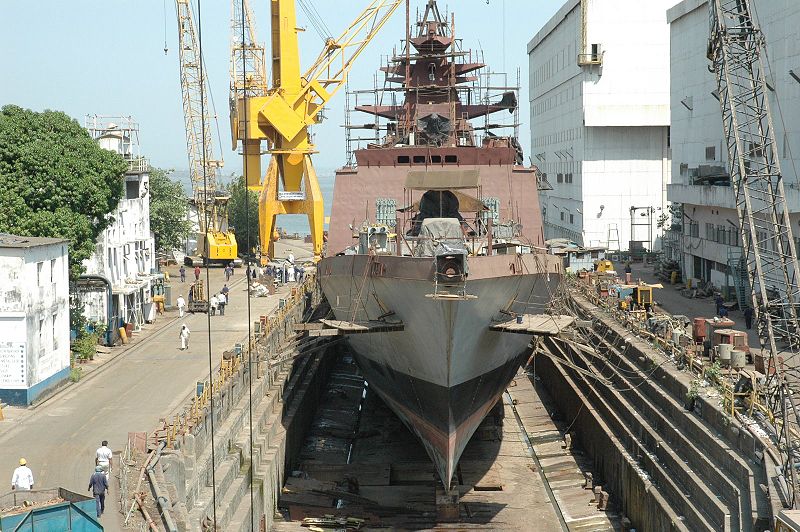By Mass Communication Specialist Seaman Apprentice Brian H. Abel
EAST CHINA SEA – Japan Maritime Self-Defense Force (JMSDF) and Republic of Korea (ROK) Navy leaders visited the U.S. Navy’s forward-deployed aircraft carrier USS George Washington (CVN 73) at the closing of a two-day, trilateral exercise June 22.
Rear Adm. Hideaki Yuasa, commander of JMSDF Escort Flotilla Two, Rear Adm. Sung Bae Park, commander of ROK Navy Component Flotilla Five, were among several JMSDF and ROK Navy officers who toured George Washington’s hangar bay, navigation and signal bridges, flight deck control, air operations, combat direction center, and witnessed flight operations first-hand on the flight deck.
“It was very exciting to see flight operations,” said Yuasa. “I want to thank Commander Task Force 70 [Rear Adm. J. R. Haley] and George Washington commander [Capt. David A. Lausman] for our visit.”
The exercise reinforced regional security and stability and increased interoperability, operational proficiency and readiness. The exercise included integrated helicopter operations; visit, board, search and seizure (VBSS) exchanges and demonstrations; communication links; interoperability; dynamic ship maneuvers; and liaison officer exchanges.
“The sea makes us one, which is a symbol of our unity,” said Park. “The capability of our forces together is endless. I think it’s meaningful to conduct exercises to maintain peace.”
The U.S. Navy, JMSDF and ROK Navy are no strangers to conducting annual exercises together, but this marks the first trilateral exercise involving the respective countries and a carrier strike group.
George Washington and its strike group regularly participate in military operations and events to maintain the highest possible mission readiness and strengthen the bond with its allies and partners.
“It was my personal honor to visit the carrier and experience everything,” said Park. “I’m very proud of George Washington!”
George Washington departed Fleet Activities Yokosuka on May 26 for its 2012 patrol. George Washington and its embarked air wing, Carrier Air Wing (CVW) 5, work to protect and defend the collective maritime interest of the U.S. and its allies and partners in the Asia-Pacific region.




.jpg)



















_Incheon_class_Frigate_(FFG-811).jpg)